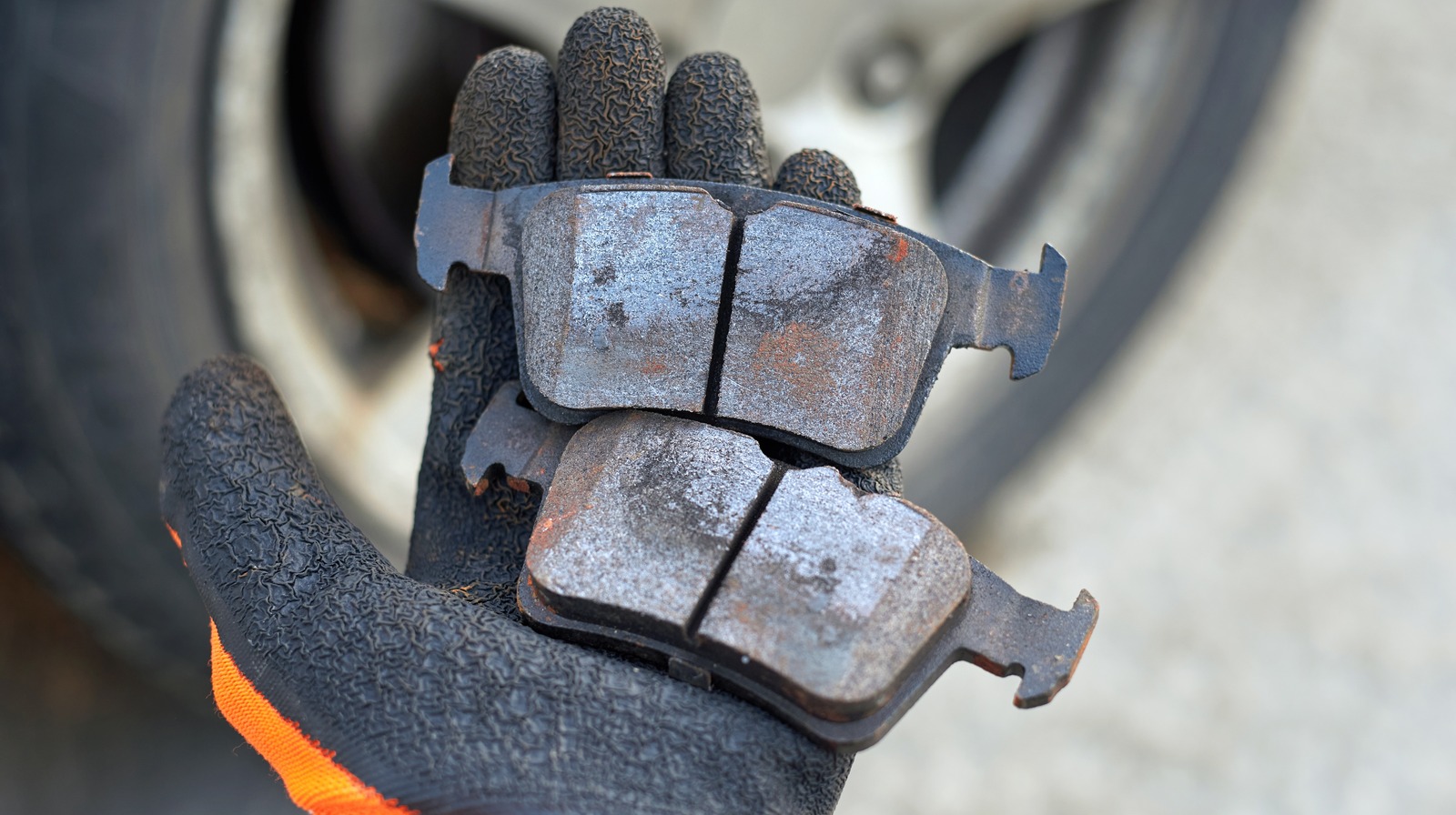Detector de AI: My Go-To Tool for Checking AI Content
That’s when I discovered the detector de AI a tool that helps me figure out whether text is written by a person or an artificial intelligence.

Introduction
As someone who works a lot with content—whether it's blogs, academic writing, or website copy—I've noticed that AI writing tools are everywhere. While they can be helpful, it’s becoming hard to tell what’s written by a human and what’s created by a machine. That’s when I discovered the detector de AI a tool that helps me figure out whether text is written by a person or an artificial intelligence.
I started using it not just for curiosity, but to protect the quality and trustworthiness of my content. Today, I rely on it every week.
What is a Detector de AI?
In simple words, a detector de AI (or AI detector in English) is a software tool that checks if a piece of writing was created by an AI tool like ChatGPT, Jasper, or Bard. These detectors analyze the structure, flow, and tone of the content. If the writing seems robotic, overly predictable, or too “perfect,” the detector flags it.
I use these tools to ensure my content stays original and avoids any penalties or distrust from search engines, teachers, or clients.
How I Use a Detector de AI in My Work
I use AI detection tools in a few key ways:
-
To check my drafts if I’ve used AI to assist with ideas.
-
To review content submitted by freelancers or guest writers.
-
To verify academic or professional documents for originality.
The tools usually scan the text and give a human vs. AI percentage score. If a high percentage of the content looks AI-generated, I revise or rewrite it in my own words.
Best AI Tools I’ve Tried
I’ve tried multiple AI detectors, and here are the ones I trust the most:
1. Originality.AI
This is my favorite tool for web content. It detects both plagiarism and AI usage. The dashboard is simple, and it gives a clear score. I mostly use it for blogs and articles.
2. GPTZero
This tool is very accurate when it comes to checking student papers or essays. It shows which parts of the text seem to be written by AI. I like using it for academic work.
3. Writer.com AI Content Detector
I use this when I want quick results. It’s fast and ideal for checking short-form content like emails or social media posts.
4. Sapling AI Detector
This one’s more business-focused. It checks grammar and AI content, and it works well when I’m creating client-facing documents.
Why I Believe a Detector de AI is Essential
Since using an AI detector, I’ve avoided a lot of problems. Here’s why I think it’s essential:
-
Ensures originality – Nothing beats writing that feels human and real.
-
Improves SEO – Google and other search engines value unique, authentic content.
-
Builds trust – My clients trust that I provide real, thoughtful writing.
-
Prevents penalties – Some websites and schools now penalize AI-written text.
Using a detector de AI protects my reputation and improves the quality of everything I produce.
Related more articles, detecteur ia
Tips I Follow to Pass AI Detection
Even if I use AI tools to get started, I always make sure to rewrite content in my own voice. Here’s how I make sure my work feels natural:
-
Add personal stories or real experiences.
-
Rewrite AI-generated sentences in my tone.
-
Include facts, statistics, or original research.
-
Read the text out loud to spot robotic language.
This way, even if I use AI for support, the final result is always human-centered and genuine.
Challenges I’ve Faced with AI Detectors
While I love these tools, they’re not perfect. Some challenges I’ve noticed include:
-
False positives – Sometimes my human-written work gets flagged as AI.
-
Unclear feedback – A few tools don’t explain why something is flagged.
-
Over-reliance – It’s easy to depend on the tool too much.
That’s why I use AI detectors as a guideline, not a final decision-maker.
Who Should Use a Detector de AI?
I honestly think anyone working with content should consider using one:
-
Teachers – To check if students are submitting original work.
-
Writers and marketers – To ensure blog posts and product descriptions are authentic.
-
SEO experts – To protect websites from AI-generated penalties.
-
Students – To make sure their writing sounds personal and real.
No matter your role, it’s a smart way to keep your writing clean, clear, and human.
Conclusion
In my personal and professional experience, a detector de AI has become one of my most important tools. It helps me maintain quality, protect originality, and build trust with my readers or clients. Whether you’re writing blogs, emails, essays, or anything else, these tools are worth having in your toolbox. At the end of the day, nothing beats genuine human writing, but with a detector de AI, I make sure I’m always on the right track.
















































































